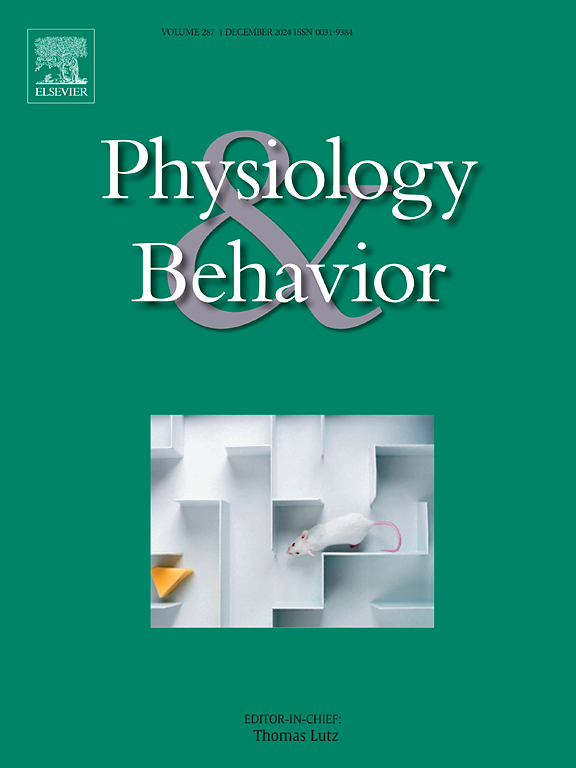Acute effect of aerobic exercise on inhibitory control and task-related heart rate variability in preadolescent children
IF 2.4
3区 医学
Q2 BEHAVIORAL SCIENCES
引用次数: 0
Abstract
Objectives
To investigate whether a single session of aerobic exercise improves inhibitory control in preadolescent children and whether this effect is mediated by changes in parasympathetic activity.
Design
In this experimental study, an intervention and control group were pair-matched by age, sex and moderate-to-vigorous physical activity.
Method
114 participants either completed a 20 min moderately-intense exercise bout on a cycling ergometer or watched a 20 min video. Prior to and after these conditions, a computer-based Stroop task was administered. During the cognitive task, heart rate variability (HRV) was measured using electrocardiography.
Results
Path-analyses did not support an association between group and posttest accuracy on the Stroop task, while controlling for pretest scores. However, the intervention group had lower time-domain based HRV at posttest. The examination of mediation models revealed a moderation by sex, as the relation of lower time-domain based HRV with higher accuracy on both congruent and incongruent trials of the Stroop task was observed in girls only.
Conclusion
A single aerobic exercise session does not necessarily improve inhibitory control in preadolescent children. However, the manipulation of the autonomic state towards a parasympathetic withdrawal has the potential to alter inhibitory control in girls in particular.

有氧运动对青春期前儿童抑制控制和任务相关心率变异性的急性影响。
目的:研究单次有氧运动是否能改善青春期前儿童的抑制性控制,以及这种作用是否由副交感神经活动的变化介导。设计:在这项实验研究中,干预组和对照组按照年龄、性别和中等到剧烈的体育活动进行配对。方法:114名参与者要么在自行车计力器上完成20分钟中等强度的锻炼,要么观看20分钟的视频。在这些条件之前和之后,进行了基于计算机的Stroop任务。在认知任务期间,使用心电图测量心率变异性(HRV)。结果:路径分析不支持Stroop任务组和测试后准确性之间的关联,同时控制了测试前得分。然而,干预组在后测时基于时域的HRV较低。对中介模型的检验显示了性别的调节作用,因为在Stroop任务的一致性和不一致性试验中,基于较低时域的HRV与较高准确性的关系仅在女孩中观察到。结论:单次有氧运动并不一定能改善青春期前儿童的抑制性控制。然而,自主神经状态对副交感神经戒断的操纵有可能改变抑制控制,特别是在女孩中。
本文章由计算机程序翻译,如有差异,请以英文原文为准。
求助全文
约1分钟内获得全文
求助全文
来源期刊

Physiology & Behavior
医学-行为科学
CiteScore
5.70
自引率
3.40%
发文量
274
审稿时长
47 days
期刊介绍:
Physiology & Behavior is aimed at the causal physiological mechanisms of behavior and its modulation by environmental factors. The journal invites original reports in the broad area of behavioral and cognitive neuroscience, in which at least one variable is physiological and the primary emphasis and theoretical context are behavioral. The range of subjects includes behavioral neuroendocrinology, psychoneuroimmunology, learning and memory, ingestion, social behavior, and studies related to the mechanisms of psychopathology. Contemporary reviews and theoretical articles are welcomed and the Editors invite such proposals from interested authors.
 求助内容:
求助内容: 应助结果提醒方式:
应助结果提醒方式:


